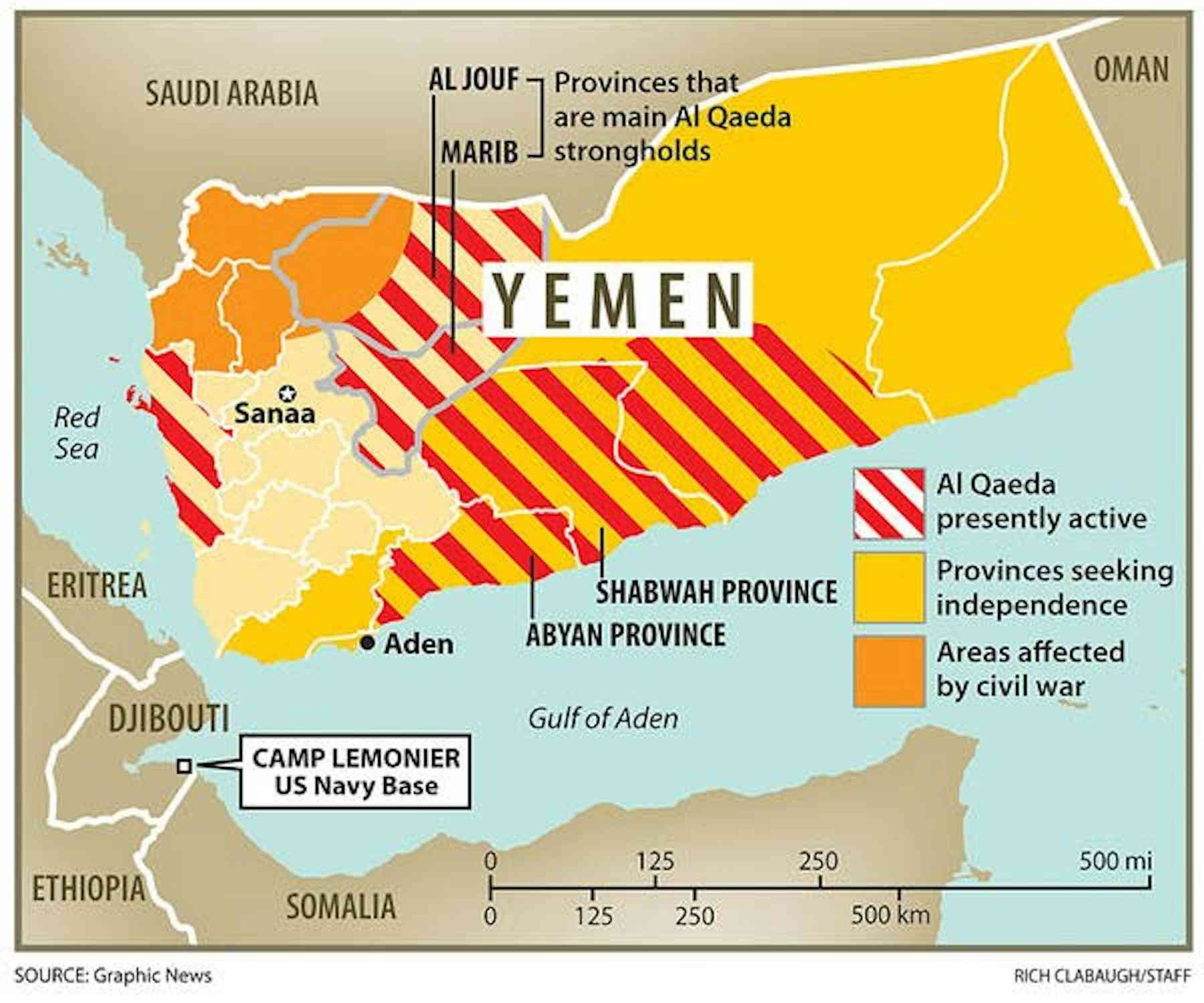Friends, buckle up. The situation in the Middle East is escalating fast, and the ripple effects are now hitting the airline industry. Just moments ago, Houthi officials issued a blunt warning to all international carriers: steer clear of airports in Israel and the occupied Palestinian territories. They’re declaring a de facto no-fly zone.

Photo source:theconversation.com
This isn’t empty rhetoric. Following a reported interception of missiles by Israeli forces, the Houthis, through their media chief Nasruddin Amir, are unequivocally stating that these airports are not safe due to the intensifying conflict in Gaza and what they term Israel’s aggression towards Yemen. They’re demanding a complete cessation of flights for the safety of airlines and passengers.
Let’s be clear: This is a direct consequence of the worsening humanitarian crisis and ongoing hostilities. The Houthis are digging in their heels, promising further escalation until Israel halts its aggression and lifts the blockade of Gaza. This is a power play, absolutely, but it underlines the increasing instability and the very real dangers for civil aviation in the region.
Knowledge Point Expansion: Understanding the Houthis and Regional Dynamics
The Houthis are a political and armed movement originating in Yemen, primarily representing the Zaidi Shia Muslim minority. They have controlled significant portions of Yemen since 2014.
Their actions are closely tied to the broader geopolitical struggle between Iran (a key Houthi ally) and Saudi Arabia (historically supporting the Yemeni government). This conflict has created a devastating humanitarian crisis in Yemen.
Declaring a ‘no-fly zone’ is a significant escalation, representing a direct challenge to Israeli airspace control and posing risks to international travel. It’s crucial to understand the Houthi position as a symptom, not the sole cause, of regional tensions.
The impact on global air travel, particularly routes impacting the Middle East, should be closely monitored. Expect potential disruptions and increased insurance costs.






